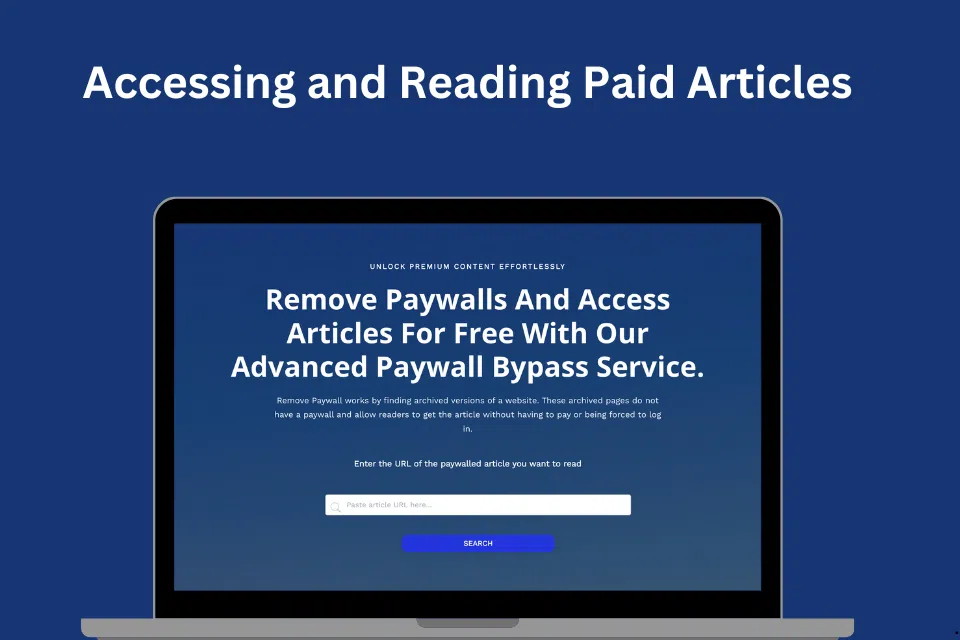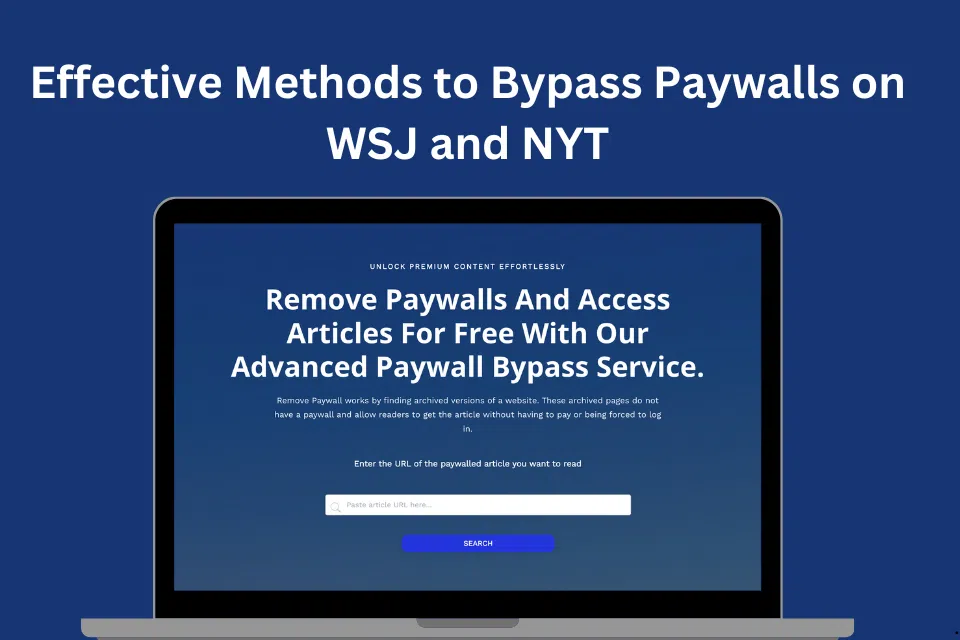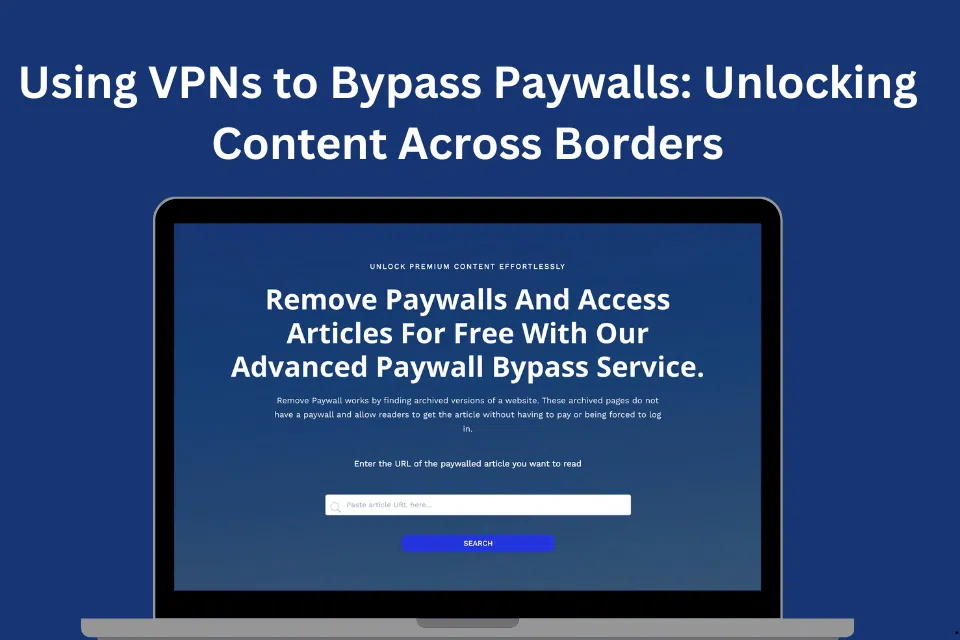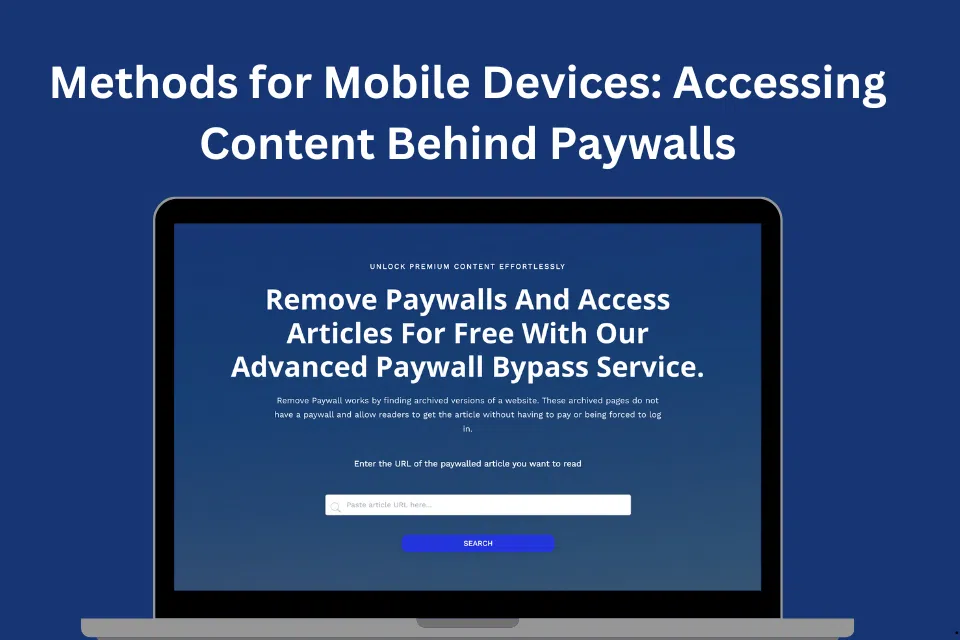The internet is a treasure trove of information, but much of it is behind paywalls and requires a subscription. However, there are several methods to access and read these paid articles for free. This article will explore effective techniques for bypassing paywalls and accessing subscription-based content without any cost.
How to Read Subscription Articles for Free
Using Archive Websites: Archive websites, such as the Wayback Machine (archive.org), store snapshots of web pages from various points in time. To read a subscription article for free, enter its URL into the Wayback Machine’s search bar. If the page has been archived, you can access its previous versions without encountering a paywall.
Browser Extensions: Various browser extensions are designed to bypass paywalls. Extensions like ‘Bypass Paywalls Clean’ for Firefox and Chrome work by blocking the scripts that implement paywalls on websites. For a more tailored solution, check out the Remove Paywall Chrome Extension, which specifically targets paywalls and offers a seamless reading experience. Install the extension and enable it for the specific site you’re trying to access.
Clearing Cookies: Some websites offer a limited number of free articles based on cookies stored in your browser. Clearing your cookies can reset your free article count. Go to your browser’s settings, find the ‘Privacy and Security’ section, and clear your cookies.
Reading Mode: Some browsers have a reading mode that strips out unnecessary content, including paywalls. In Safari, for example, you can click the ‘Reader’ button in the URL bar. This mode might not work on all paywalls but can be effective for many.
Google Cache: Google Cache stores a version of web pages for quick access. To access a cached version of a paywalled article, search for the article on Google. Next to the URL in the search results, click the down arrow and select ‘Cached.’
Library Access: Many public and university libraries provide access to paid content for free. Check with your local library to see if they offer digital access to the publications you’re interested in.
For a comprehensive solution to bypassing paywalls, visit Remove Paywall, which offers a variety of tools and methods to access locked content.
How to Read a premium Article
Social Media Sharing: Sometimes, articles shared on social media bypass the paywall. Look for the article on platforms like Twitter or Facebook, as these shared links can often be accessed without restrictions.
Incognito Mode: Using incognito mode in your browser can help you bypass some paywalls. Open a new incognito window and visit the article’s URL. This can prevent the website from recognizing you as a returning visitor, thereby granting access to the content.
Email Newsletters: Subscribe to the website’s email newsletter. Often, these newsletters include links to articles that can be accessed for free, or they provide a limited number of free reads per month.
RSS Feeds: Some websites still use RSS feeds to distribute their content. Use an RSS reader to follow the site’s feed, which may include the full text of articles without any paywall.
Bookmarklets: Bookmarklets are small JavaScript programs saved as bookmarks. Some bookmarklets are designed to remove paywalls from specific websites. Find and install a suitable bookmarklet for the site you’re trying to access.
HTML Inspection: For tech-savvy users, inspecting the HTML code of a paywalled article can reveal the full text. Right-click on the page, select ‘Inspect’ or ‘View Page Source,’ and look for the article content within the HTML.
Enhancing Your Reading Experience
Understanding these techniques can significantly enhance your reading experience by giving you access to a broader range of content without paying for subscriptions. Whether you’re a casual reader or a news enthusiast, these methods will help you stay informed without the frustrations of paywalls.





